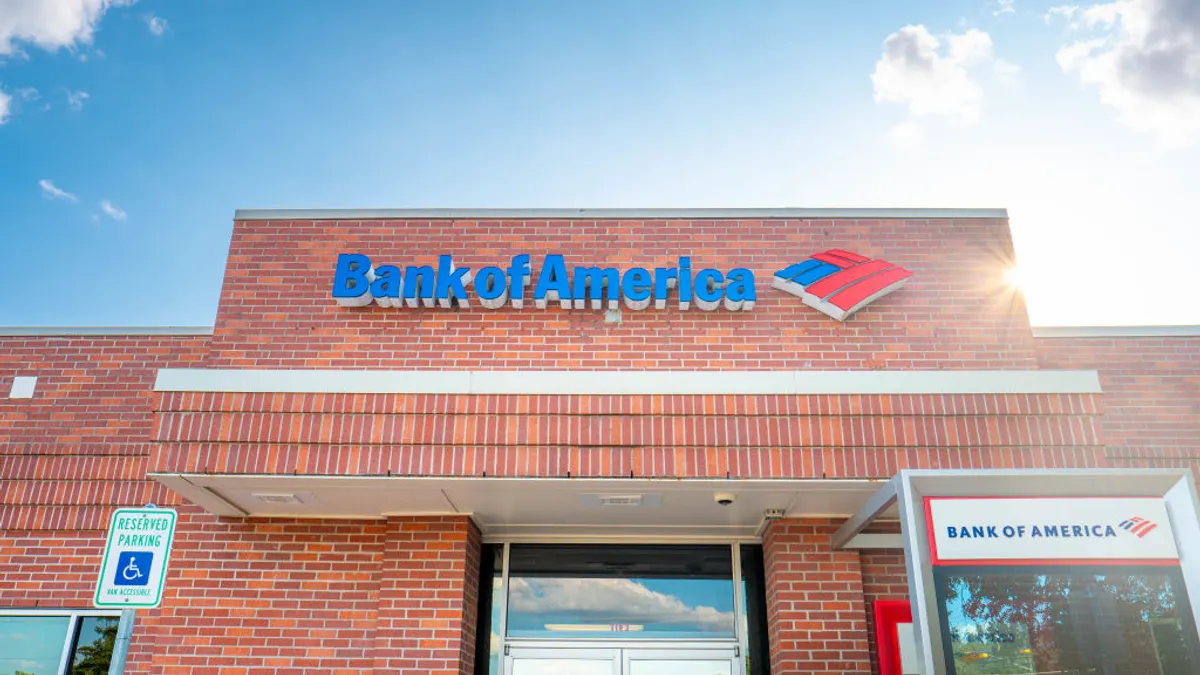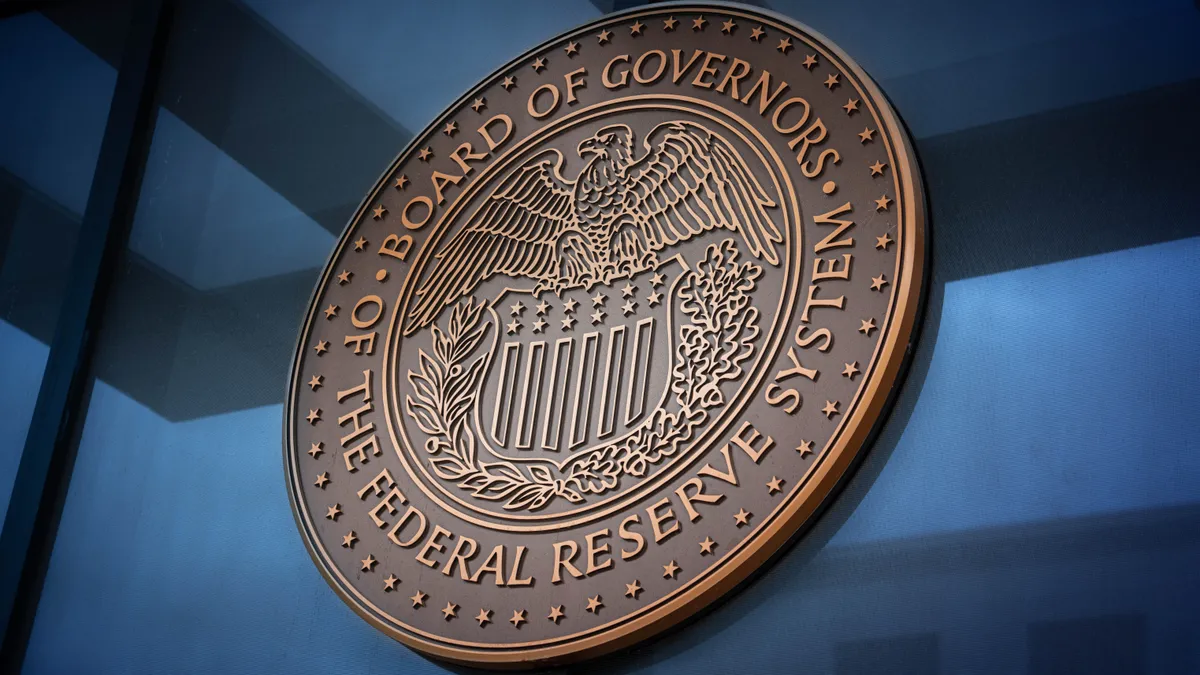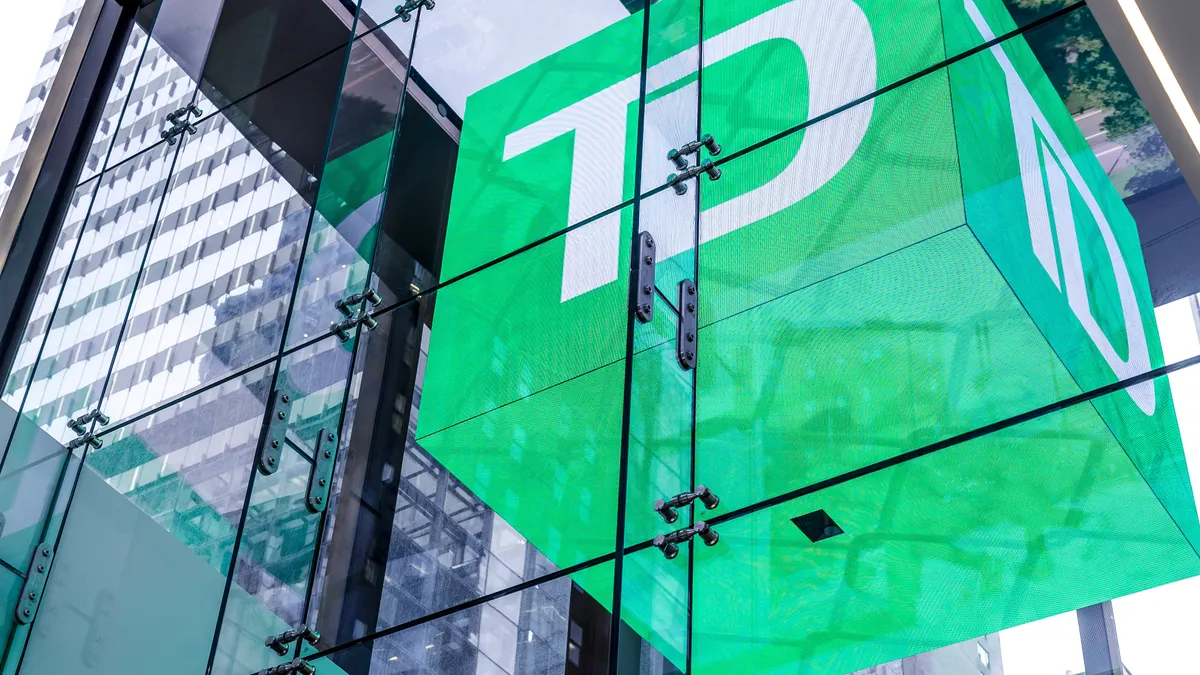Nearly 40 percent of American adults either would have to borrow or sell something to cover a $400 unexpected expense, or they wouldn't be able to cover it, according to the Federal Reserve Board's Report on the Economic Well-Being of U.S. Households, published in May.
That figure represents a modest improvement from the previous year's data, but it illustrates how a sizable portion of the U.S. population struggles in the short term.
Advocates have pushed for more banks to offer small-dollar loans as an alternative to the predatory lending to which this cash-strapped demographic is often susceptible.
Regulators have been slow to offer guidance to support banks that want to enter the space, said Kate Hao, the founder and CEO of Happy Mango, a fintech that helps banks and credit unions provide small-dollar loans to individuals with tarnished or no credit history.
"Regulatory clarity and regulatory consistency is the first step that would make banks feel comfortable making these products," said Hao, who traveled to Washington last month to meet with the Federal Deposit Insurance Corp. (FDIC) and the Federal Reserve on the issue. "When there is inconsistency between the regulators' approach to this product, they're going to raise questions."
The Office of the Comptroller of the Currency (OCC) released a bulletin last year encouraging banks to consider offering small-dollar loans. U.S. consumers borrow nearly $90 billion every year in loans that typically range from $300 to $5,000, the agency said. But because a number of banks have left that segment of the market, consumers in need often lean on alternative lenders.
Hao welcomed the OCC's guidance but said most banks won't embrace small-dollar lending until other regulators follow.
"Banks would like to see the regulators provide something consistent, a unified voice in putting out some guidance in this space," said Hao, whose company has helped financial institutions make loans to more than 1,000 people in the New York tri-state area since its launch in 2016.
Happy Mango uses a cash-flow based credit assessment to determine an individual's ability to make future payments. The platform also connects people to free financial counseling and gives borrowers a flexible payment schedule.
Subsequent guidance
The FDIC released a request for information on small-dollar lending in November, seeking input on consumer demand and the supply of small-dollar credit products that banks offer.
The regulator also said it wanted to know what it could do to better enable banks to offer "responsible, prudently underwritten credit products to consumers to meet demand."
The National Credit Union Administration (NCUA) released a proposal that would allow federally chartered credit unions to offer small installment loans up to $2,000 with a maximum term of 12 months.
Indeed, one of the few large banks to broach the small-dollar lending space is U.S. Bank, which last fall launched its "Simple Loan" product. It allows existing customers to apply online for a small-dollar loan up to $1,000, repayable over three months at a 70% to 88% annual percentage rate (APR).
But APR has proved a sticking point.
Sen. Dick Durbin, D-IL, introduced legislation in May to create a national interest rate cap of 36% on consumer loans, a limit the FDIC has recommended.
But smaller financial institutions have expressed concern that that figure is not high enough. Rhonda Whitley, vice president and regulatory counsel with the Independent Community Bankers of America (ICBA) said her organization supports allowing banks to offer higher APRs.
"We'd like some flexibility to provide products that exceed a 36% APR, but nothing unreasonable. It's so easy to get to that 36% when you take into account all of the costs associated with underwriting that loan, especially for a small loan," Whitley told Banking Dive. "We're certainly not looking for any new regulations, but we are looking for some guidance that supports the community bank platform and provides flexibility for community banks to continue providing a service to their customers."
Mary Jackson, CEO of the Online Lenders Alliance, said Durbin's proposal would be "cataclysmic" for her industry.
"A rate cap basically tells folks with poor credit that they're not going to be able to get credit. That's not a really good solution," Jackson told Banking Dive. "It would be nice if legislators could address what the consumers are really looking for."
Previous versions of the bill were proposed in 2008, 2009, 2012, 2013, 2015 and 2017 but never made it to the House or Senate floor, according to Consumer Finance Monitor.
"If a big bank like U.S. Bank has determined 88% is the figure that they need to make the loan happen, then our lenders probably have to double or triple that just due to the cost," Jackson said.
'Gray area'
The ICBA said it wants regulators to promote community banks as a model for small-dollar lenders.
"Community banks are not going to have a predatory lending scheme," Whitley said. "They're not going to have an abusive lending product."
Although guidance should be tailored for consumers with the greatest need, Whitley said it also needs to take into consideration community banks' various charters and asset sizes.
"Community banks are not necessarily small-dollar lenders, but they do offer these products as an accommodation loan to customers that they have relationships with," she said. "So small-dollar lending is typically not an advertised product within the community bank space."
Whitley said she hopes any guidance issued by regulators would support innovation by promoting partnerships between community banks and fintech companies.
"There's a lot of gray area when it comes to fintech and innovation with the regulators," Whitley said. "We would like to see them take the position of letting these institutions know that attaching themselves to a fantastic company to offer the use of solutions is not a scarlet letter and they shouldn't have fear."





















